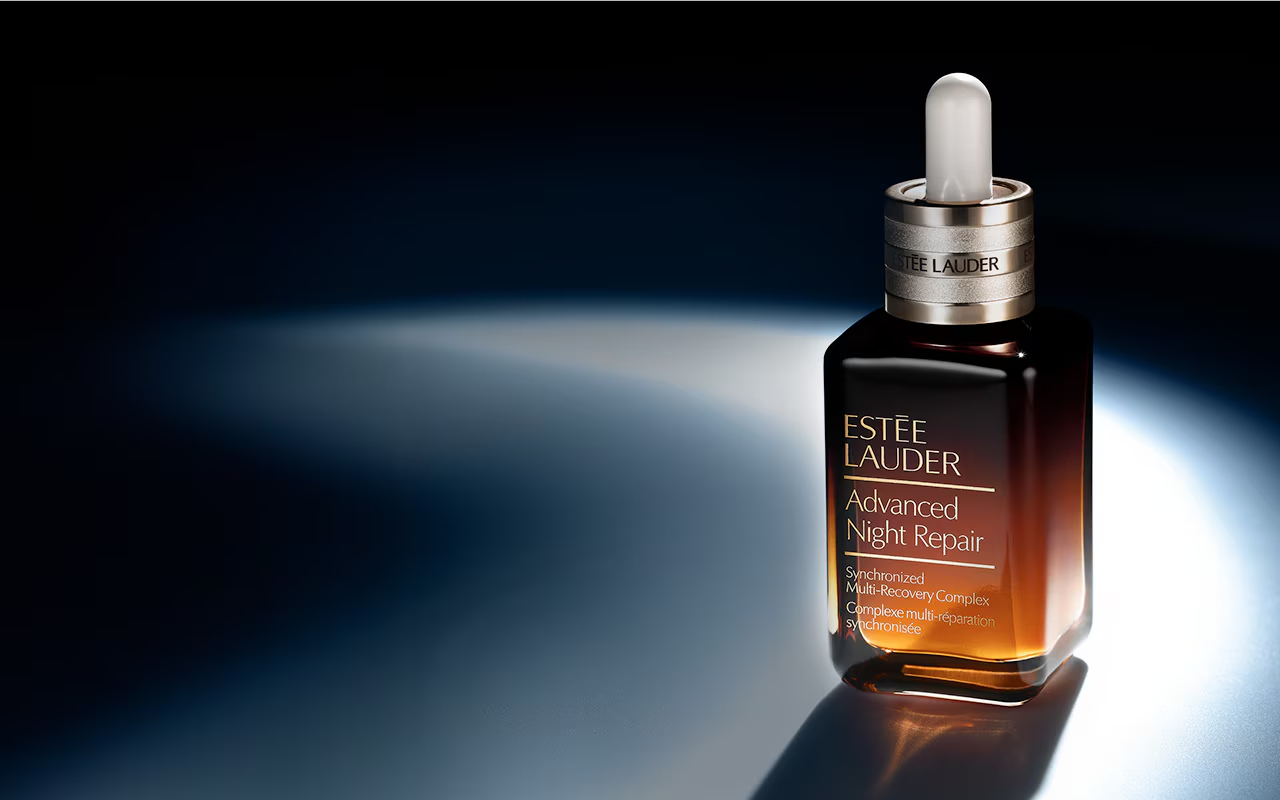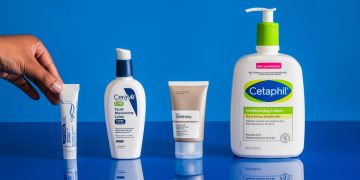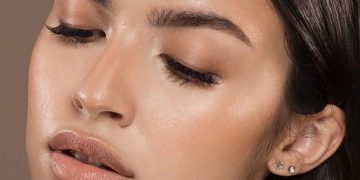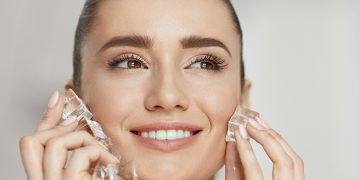Serums have become an integral part of many skincare routines, promising to tackle a wide variety of skin concerns, from hydration to pigmentation to anti-aging. But with so many different serums on the market, it can be hard to understand exactly what they are, how they work, and how to incorporate them into your skincare regimen. This guide will help you decode the mystery of serums, explaining what they are, how to use them, and why they’re essential for your skin.
1. Introduction: What Are Serums, and Why Are They Essential?
Serums are lightweight, highly concentrated skincare products designed to target specific skin concerns. Unlike moisturizers, which focus on hydrating the skin’s surface, serums are designed to deliver active ingredients deep into the skin for more noticeable and faster results.
The key feature of serums is their concentration. They contain a higher percentage of active ingredients compared to traditional creams or lotions. These potent ingredients often include antioxidants, peptides, vitamins, and acids, which are formulated to address specific skin issues such as fine lines, dark spots, and dryness.
Why are serums essential? Their ability to deliver high concentrations of ingredients that penetrate deeper layers of the skin makes them effective for targeting specific concerns. Whether you’re looking to brighten dull skin, fight wrinkles, or tackle acne, serums can provide the solution you need.
2. Choosing the Right Serum: For Acne, Pigmentation, Hydration, or Anti-Aging
With so many options available, selecting the right serum for your skin type and concerns is key. Here are some of the most common types of serums and the skin issues they address:
Acne Serums
Acne serums often contain ingredients like salicylic acid, benzoyl peroxide, or niacinamide. These ingredients work to reduce inflammation, clear pores, and combat the bacteria that cause breakouts.
- Best for: Oily, acne-prone skin.
- Key Ingredients: Salicylic acid, tea tree oil, niacinamide, benzoyl peroxide.
Pigmentation/Hyperpigmentation Serums
Hyperpigmentation, including dark spots and melasma, can be tackled with serums that contain brightening ingredients like vitamin C, alpha arbutin, and niacinamide. These ingredients work to lighten dark spots and even out skin tone.
- Best for: Uneven skin tone, dark spots, and sun damage.
- Key Ingredients: Vitamin C, alpha arbutin, licorice extract.
Hydrating Serums
For skin that feels dry, tight, or lacks moisture, hydrating serums are a must. These serums typically contain humectants like hyaluronic acid or glycerin, which attract moisture to the skin and lock it in.
- Best for: Dry or dehydrated skin.
- Key Ingredients: Hyaluronic acid, glycerin, aloe vera, ceramides.
Anti-Aging Serums
Anti-aging serums are designed to reduce the appearance of fine lines and wrinkles while promoting elasticity and firmness. These serums often contain ingredients like retinol, peptides, or antioxidants like vitamin C and E.
- Best for: Aging or mature skin.
- Key Ingredients: Retinol, peptides, vitamin C, hyaluronic acid.
Choosing the right serum depends on your skin’s needs, so it’s important to consider your concerns when selecting a product.

3. How Serums Work: Their Concentrated Ingredients and Fast Absorption
The primary advantage of serums over moisturizers is their ability to deliver active ingredients more effectively. Serums are typically formulated with smaller molecules, allowing them to penetrate deeper into the skin. This makes them especially effective for targeting skin concerns that lie beneath the surface, such as acne, wrinkles, and pigmentation.
Since serums are highly concentrated, they are packed with potent ingredients that work more quickly than traditional skincare products. For instance, a serum with hyaluronic acid will deeply hydrate the skin, and a serum with vitamin C can start brightening dark spots within days of use.
Serums are also formulated with minimal oils or thickening agents, which means they absorb quickly into the skin without leaving a greasy residue. This makes them perfect for layering under moisturizers or other products without feeling heavy.
4. Integrating Serums Into Your Routine: How to Layer Serums with Other Products
One of the biggest questions people have about serums is how to incorporate them into their skincare routine. Since serums are often lightweight and concentrated, they should generally be applied after cleansing and toning, but before moisturizing. Here’s the proper order for applying serums:
Step 1: Cleanse
Start with a gentle cleanser to remove dirt, oil, and makeup from your face. Clean skin ensures that your serum can penetrate effectively.
Step 2: Tone
After cleansing, use a toner to balance the skin’s pH and prepare it for the next steps. This step is especially important if you have oily or acne-prone skin.
Step 3: Apply Serum
Now that your skin is prepped, apply a small amount of your chosen serum. Use gentle upward strokes to massage it into your skin, making sure to cover the entire face and neck.
- Tip: If you’re using multiple serums, apply them in order of their consistency. Start with lighter, water-based serums and layer heavier ones on top.
Step 4: Moisturize
After allowing your serum to fully absorb (usually a minute or so), apply a moisturizer to lock in the hydration and provide an extra layer of protection. This step also helps to seal in the benefits of the serum.
Step 5: Sunscreen (Daytime)
In the morning, always finish with sunscreen. Sunscreen not only protects your skin from UV damage but also ensures the ingredients in your serum remain effective.
5. When to Use Serums: Day vs. Night Application
Whether you apply your serum in the morning or evening depends on the type of serum you’re using.
Morning Application
Certain serums, like those containing vitamin C, hyaluronic acid, or antioxidants, work best during the day to protect your skin from environmental damage. These ingredients help brighten the complexion, hydrate, and offer protection against free radicals.
- Tip: Always follow with sunscreen when using a daytime serum, especially vitamin C, as it can make your skin more sensitive to the sun.
Night Application
Other serums, such as those containing retinol or peptides, are best used at night. Retinol, in particular, makes your skin more sensitive to sunlight, so it should only be applied in the evening. Nighttime is also when your skin is in repair mode, making it the best time to use anti-aging or regenerative serums.
- Tip: For maximum results, allow your serum to absorb fully before applying your night cream.
6. Conclusion: Why Serums Should Be a Staple in Your Skincare Routine
Serums are a powerful addition to any skincare routine due to their concentrated ingredients and ability to address specific skin concerns. Whether you’re dealing with acne, pigmentation, dehydration, or signs of aging, there’s a serum formulated to meet your needs.
To get the best results, choose the right serum for your skin type, use it consistently, and remember to layer it properly with other products. With the right approach, serums can help transform your skin, delivering faster and more noticeable improvements than traditional moisturizers or toners alone. By making serums a staple in your skincare regimen, you’ll be well on your way to achieving healthier, more radiant skin.












































